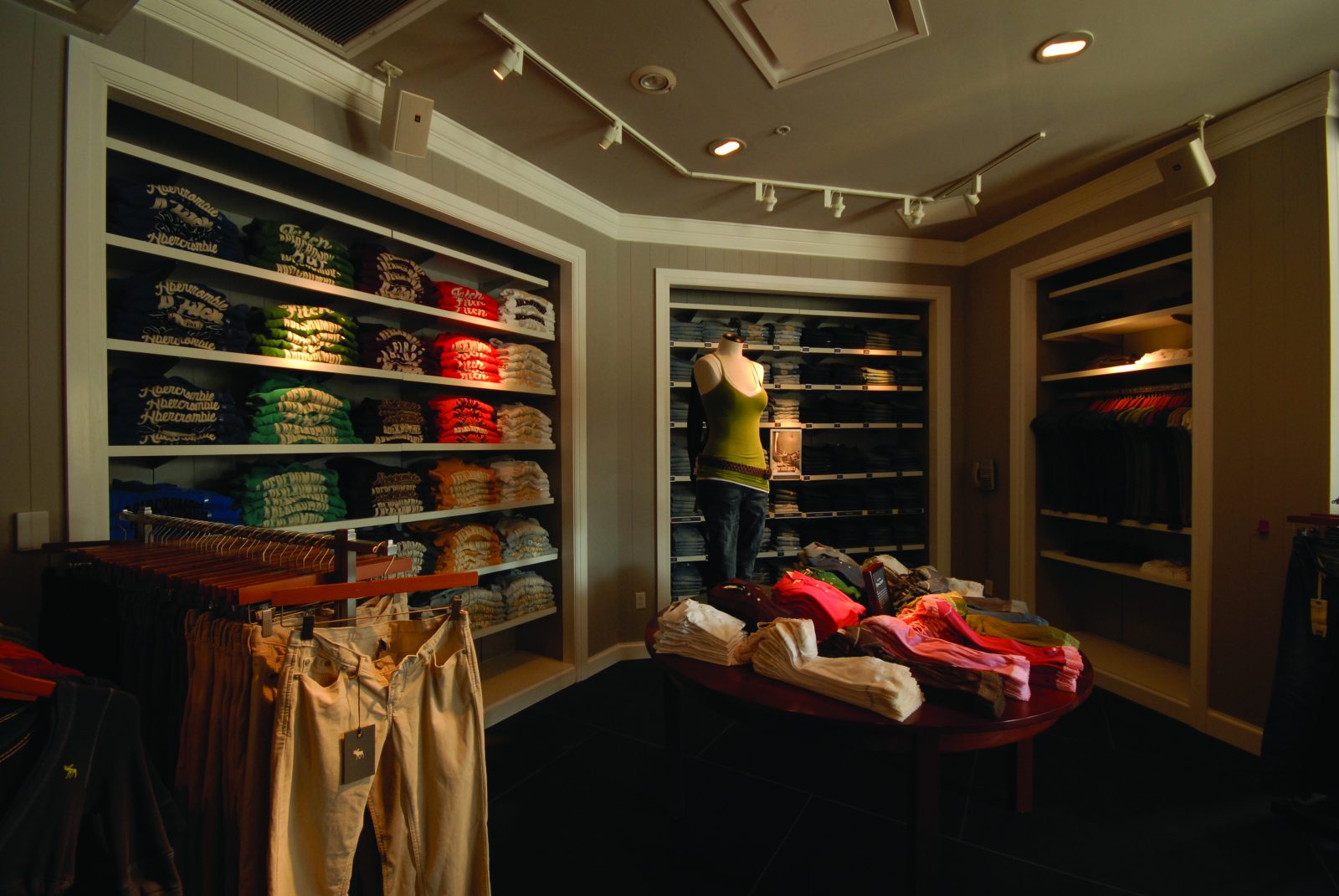In an era where brick-and-mortar retail is evolving to keep pace with digital convenience, physical store design has become more important than ever. The right retail wall system can do more than just hold shelves—it can define brand identity, guide customer flow, and even tell a story. As retailers strive to create immersive, efficient, and flexible spaces, here are the top trends shaping the world of retail wall systems.
1. Modular Flexibility Takes Center Stage
Modern retailers demand versatility. With seasonal promotions, fast-changing product lines, and the need for frequent reconfigurations, modular wall systems are in high demand. These systems allow for quick adjustments without major renovations. Slatwall panels, track-mounted displays, and pegboard systems remain popular, but newer modular systems use sleeker profiles, integrated lighting, and hidden fasteners to blend functionality with aesthetics.
2. Sustainability and Eco-Friendly Materials
Sustainability isn’t just a buzzword—it’s a guiding principle for many store designs today. Retailers are increasingly choosing wall systems made from recycled or renewable materials like bamboo, FSC-certified wood, and reclaimed metal. Some systems even feature low-VOC finishes and modular components that can be reused in future store redesigns, reducing waste and environmental impact.
3. Integrated Technology
The line between digital and physical retail continues to blur. Wall systems are now being designed with built-in technology to support interactive displays, digital signage, RFID readers, and even motion sensors. These smart integrations enhance the shopping experience by delivering product information, promotional videos, or even augmented reality features—all seamlessly built into the wall system.
4. Minimalist Aesthetics with Hidden Functionality
Contemporary store design favors clean lines and clutter-free layouts. Retail wall systems are following suit, with minimalist styles that hide hardware, cables, and brackets. Floating shelves, recessed lighting, and seamless paneling create a refined look that doesn’t compromise on utility. The goal: a wall system that supports the product, not overshadows it.
5. Custom Branding Through Wall Surfaces
Wall systems now play a key role in storytelling and brand expression. Customizable panels—featuring printed graphics, textured materials, or unique color schemes—allow retailers to create a branded backdrop that enhances the merchandise. Magnetic graphics and interchangeable skins provide a high-impact, low-cost way to keep store visuals fresh and aligned with current campaigns.
6. Hybrid Retail Environments
With the rise of showrooming and experiential retail, wall systems are being designed to accommodate more than just merchandise. Walls may now include built-in seating, touchscreen ordering stations, or product testing areas. These multi-functional designs blur the boundaries between display and engagement zones, giving customers a more dynamic and memorable in-store experience.
7. Lighting Integration
Integrated lighting is no longer an add-on—it’s a core feature. Whether it’s accent lighting to highlight premium products or ambient backlighting to set a mood, today’s wall systems often include LED strips or modular lighting solutions. These not only improve visibility and aesthetics but also reduce installation time and energy use.
Retail wall systems have moved far beyond simple shelving units. They’re now essential elements of store architecture, branding, and customer experience. As retail continues to adapt to new expectations, wall systems must offer a balance of flexibility, technology, sustainability, and design. Whether you’re outfitting a flagship store or a boutique pop-up, staying on top of these trends can help you build a space that not only looks good but performs brilliantly.


